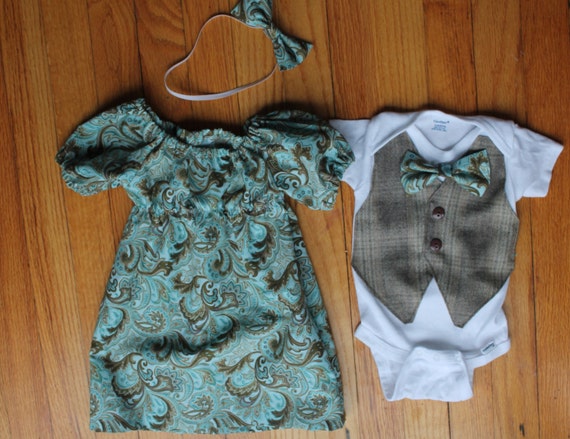Find out the information you need about Is That A Boy Or Girl In The Amazon Commercial in this article, all summarized clearly by us.

Is That a Boy or Girl in the Amazon Commercial?
While browsing through my social media feed, an intriguing Amazon commercial caught my attention. It featured an adorable child dressed in a yellow raincoat and rain boots, frolicking joyfully in a field. But as I watched, I couldn’t help but wonder—was it a little boy or a little girl? The child’s androgynous appearance left me questioning the gender presentation in this advertisement. This sparked my curiosity to delve into the topic further.
Gender fluidity has become a prevalent conversation in our society, and it’s no surprise that it has found its way into advertising. By featuring a child with ambiguous gender presentation, Amazon’s commercial challenges traditional gender norms and raises important questions about the way we perceive and represent children.
Gender Identity and Expression in Childhood
Historically, we have assigned children to either male or female categories based on their external anatomy. However, research suggests that gender identity and expression are constructs that form through a complex interplay of biological, social, and psychological factors.
Gender identity refers to an individual’s internal sense of being male, female, transgender, or non-binary. Gender expression, on the other hand, encompasses the outward manifestations of one’s gender, such as clothing, hairstyle, and mannerisms. By acknowledging the fluidity of gender identity and expression, we can provide children with the freedom to explore and express themselves.
Amazon’s Commercial and the Importance of Representation
Amazon’s commercial is a poignant example of how representation can empower children. By including a child with androgynous appearance, the commercial celebrates diversity and sends a message of acceptance. It reminds us that gender is not a binary concept, and that individuals should be respected for who they are, regardless of their gender presentation.
Moreover, such inclusive representation can have a profound impact on children. When children see themselves reflected in media and advertising, it can boost their self-esteem and help them feel validated. It can also challenge societal expectations and stereotypes, fostering a more inclusive and equitable world for all.
Tips for Parents and Educators
– **Foster an Open and Inclusive Environment:** Encourage children to explore their gender identity and expression without fear of judgment or bias.
– **Use Gender-Neutral Language:** Substitute terms like “boy” or “girl” with inclusive pronouns like “they” and “their.”
– **Provide Opportunities for Play and Exploration:** Allow children to engage in activities traditionally associated with both genders to promote creativity and reduce gender stereotypes.
– **Educate Yourself and Others:** Stay informed about gender identity and expression, and share your knowledge with your children and community to promote understanding.
Expert Advice
Dr. Jenni Olson, a renowned expert in trans youth, emphasizes the importance of respecting children’s gender identities. She advises that “parents and educators should listen to children’s self-expressions, support their chosen names and pronouns, and work to create an environment where all children feel safe and included.”
Dr. Kevin Nadal, a psychologist specializing in gender and sexuality, encourages parents to be open to the possibility of their child being non-binary or gender-fluid. He suggests that “parents should focus on their child’s happiness and well-being, rather than trying to conform them to a particular gender category.”
FAQ
- Q: Why is it important to avoid gender stereotypes in advertising?
A: Gender stereotypes can limit children’s potential and reinforce harmful biases.
- Q: What are some ways to promote gender equality in children?
A: Encourage open conversations, provide equal opportunities, and challenge gender stereotypes in toys and media.
- Q: What resources are available for parents and educators to learn about gender identity?
A: The National Association for the Advancement of Colored People (NAACP), PFLAG, and the Trevor Project offer educational materials and support services.
Conclusion
Amazon’s commercial featuring a child with an androgynous appearance has sparked important conversations about gender identity and expression in childhood. It reminds us that gender is a fluid and personal experience, and that children should be respected for who they are, regardless of their gender presentation. By embracing diversity and fostering an inclusive environment, we can empower children to explore their identities freely and create a more equitable world for all.
Call to Action: Share your thoughts on the importance of gender inclusivity in advertising and beyond. Let’s continue the dialogue and make a positive impact on the lives of children everywhere.
Interested in learning more? Explore resources from organizations such as the Human Rights Campaign, GLAAD, and The Genderbread Person for further insights and support.

Image: etsy.com
An article about Is That A Boy Or Girl In The Amazon Commercial has been read by you. Thank you for visiting our website, and we hope this article is beneficial.